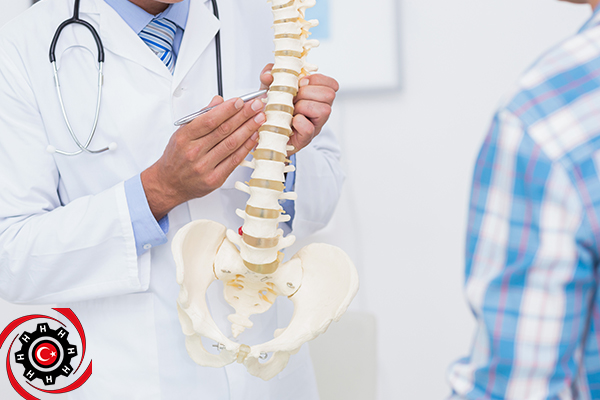The evolution of orthopedic surgery
- Many methods include manual therapy and sports movements, And the use of special devices for the limbs or the torso and the conduct of many delicate surgical operations on the bones or joints and tendons and perhaps on the nerves and skin.
- The surgery of accidents and fractures is almost separated from surgery and medicine, with the presence of the specialization of orthopedists who do not practice medicine, but only splinting bone fractures. The Arabs have separated since the beginning of the development of Arab medicine between general surgery and bones, so fracture splinting is part of surgery, but it is one of the first branches of specialization in surgery.
- The development in the life sciences led to the development of surgical methods and orthopedic surgery in particular, where fracture splinting developed from the use of simple splints to the use of gypsum and then metal rods, especially from minerals that do not harm the body. To the discovery of many new diseases with the available research methods and the follow-up of patients by specialists in this field.
Orthopedic surgery is performed on any part of the skeleton, including:
- shoulder and elbow.
- knee.
- foot and ankle.
- hand and forearm.
- pelvis.
- Backbones.
- Orthopedic injuries resulting from exposure to accidents.
- Diseases affecting the musculoskeletal system and repairing ligaments and tendons.
- arthritis.
- bone tumors;
- Osteoarthritis and its nerves.
- Restoration, splinting and endoscopy.
Orthopedic surgery is not limited to treating and repairing those affected, but rather includes replacing them with metal joints and bones, such as knee replacement and pelvic replacement. In some cases, lameness problems may be surgically repaired to avoid deformation of the joint and damage to the healthy leg.
There are other orthopedic operations with unsatisfactory motives that increase the height of short people by an average of 15-25 centimeters.
1646


Leave a Reply